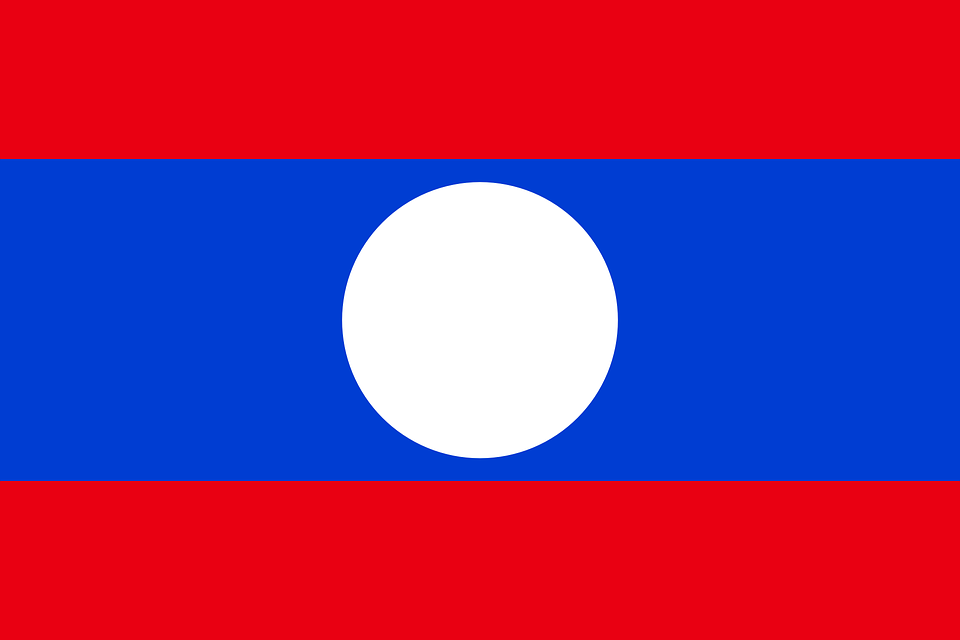The rise of counterfeiting in international trade
According to the OECD and European Union Intellectual Property Office report published on April 18, 2016 on the impact of imports of counterfeit and pirated products in international trade (“Trade in Counterfeit and Pirated Goods: Mapping the Economic Impact, imports of counterfeit goods”), the import of counterfeit goods amounts to US $461 billion, accounting for about 2.5% of imports globally. At European level, counterfeiting constitutes up to 5% of products imported into the EU territory, which equals 85 billion euros.
No category of product is free from counterfeiting
The report also points out that counterfeiting may affect any product protected by intellectual property law. Luxury goods such as watches, perfumes or leather goods are those affected the most. Business to business goods such as chemicals or spare parts, but also general commodities such as toys, medicines or cosmetics are affected by counterfeiting. Even more striking, there have been customs seizures on counterfeit goods such as strawberries, bananas and cinnamon.
OECD countries most affected
The countries most affected by counterfeit trade are the United States (20% of counterfeit goods), Italy (15%), France (12%) and Switzerland (12%). Consequently, French trademarks are among those most affected. French Customs specifies that “France is particularly at risk due to its famous brand names and the creativity of its artistic firms.”
“Originating economies”
“The countries of origin are the producing countries and the countries which have transit points for international trade. Most counterfeit products originate in China, which is the largest counterfeit producer (more than 60% of counterfeit products in the world) and more than 20% originate from Hong Kong. China is far ahead of Turkey (3.3%), Singapore (1.9%), Thailand (1.6%) and India (1.2%). Middle-income countries and emerging economies are the main players on the international markets.
The negative impact on the e-commerce boom
Trade routes taken by counterfeiters are developing very rapidly. There are different intermediary transit points. Some, such as Hong Kong or Singapore are considered important platforms for international trade. Others, such as Syria or Afghanistan on the other hand, make use of weak governance and the presence of criminal or even terrorist networks.
Historically, means of transport used by counterfeiters included planes, boats and freight cars. Because of the increasing importance of e-commerce, delivery by post is today the primary delivery method of counterfeit goods. Selling online has considerable benefits for counterfeiters because it helps them to sell their goods in the least costly and most efficient way. Moreover, this delivery method significantly reduces the risk of being caught and getting fined.
Following long court battles between eBay and large commercial groups, LVMH and L’Oréal have decided to collaborate with the online trading company in order to “protect intellectual property rights and fight against the online sale of counterfeit products”. No sector has been spared and anti-counterfeiting remains a priority nowadays for many economic stakeholders.
Dreyfus & associés can assist you all over the world by choosing the best strategy for promoting and protecting your rights.
Read more on this topic:
WCO reports tremendous increase in counterfeit goods: trademarks and individuals take the hit


















